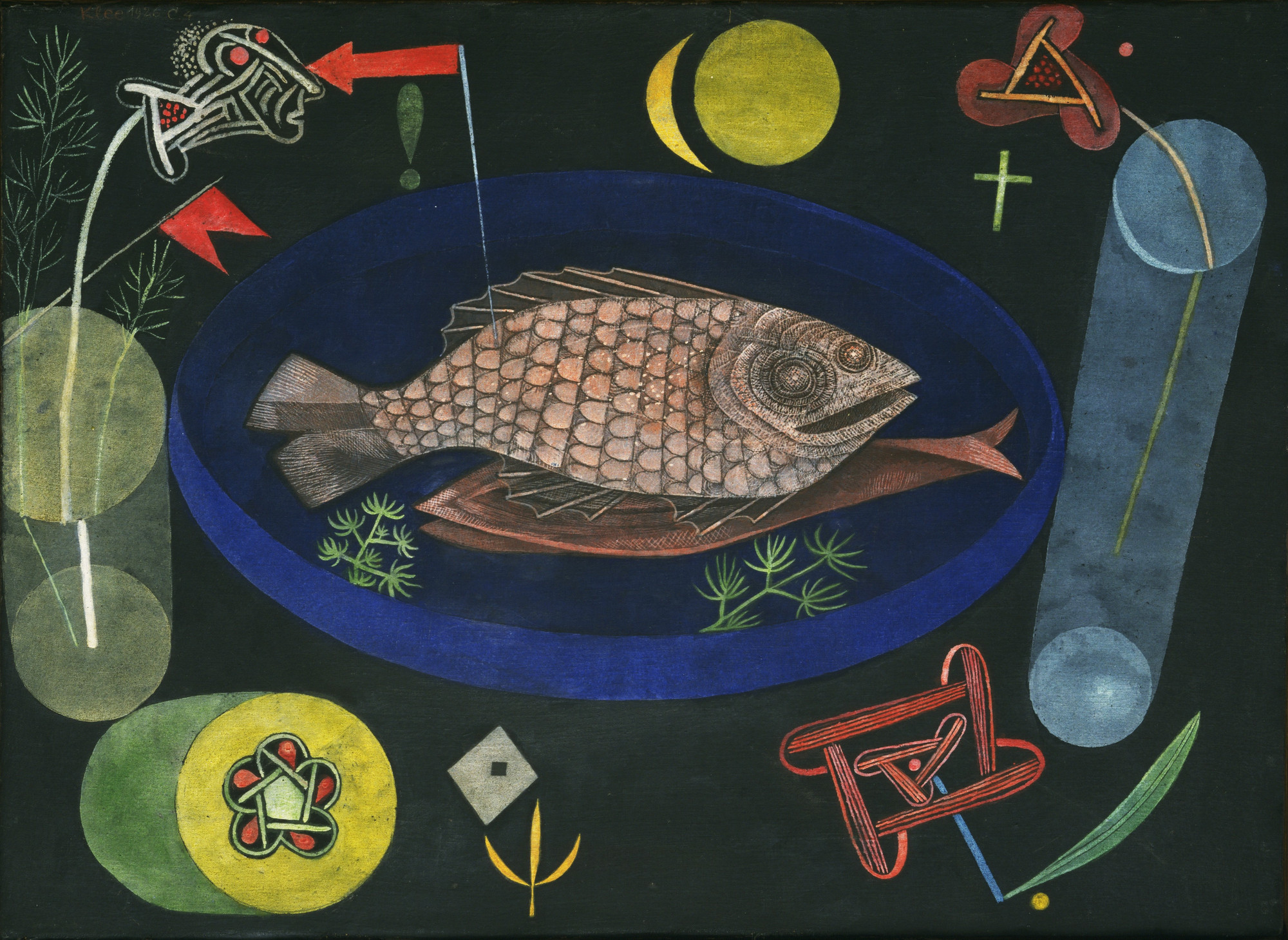At a time when much of animation was consumed with little anthropomorphized animals sporting white gloves, Oskar Fischinger went in a completely different direction. His work is all about dancing geometric shapes and abstract forms spinning around a flat featureless background. Think of a Mondrian or Malevich painting that moves, often in time to the music. Fischinger’s movies have a mesmerizing elegance to them. Check out his 1938 short An Optical Poem above. Circles pop, sway and dart across the screen, all in time to Franz Liszt’s 2nd Hungarian Rhapsody. This is, of course, well before the days of digital. While it might be relatively simple to manipulate a shape in a computer, Fischinger’s technique was decidedly more low tech. Using bits of paper and fishing line, he individually photographed each frame, somehow doing it all in sync with Liszt’s composition. Think of the hours of mind-numbing work that must have entailed.
(Note: The copy of the film above has become faded, distorting some of the original vibrant colors used in Fischinger’s films. Nonetheless it gives you a taste of his creative work–of how he mixes animation with music. The clips below give you a more accurate sense of Fischinger’s original colors.)
Born in 1900 near Frankfurt, Fischinger trained as a musician and an architect before discovering film. In the 1930s, he moved to Berlin and started producing more and more abstract animations that ran before feature films. They proved to be popular too, at least until the National Socialists came to power. The Nazis were some of the most fanatical art critics of the 20th Century, and they hated anything non-representational. The likes of Paul Klee, Oskar Kokoschka and Wassily Kandinsky among others were written off as “degenerate.” (By stark contrast, the CIA reportedly loved Abstract Expressionism, but that’s a different story.) Fischinger fled Germany in 1936 for the sun and glamour of Hollywood.
The problem was that Hollywood was really not ready for Fischinger. Producers saw the obvious talent in his work, and they feared that it was too ahead of its time for broad audiences. “[Fischinger] was going in a completely different direction than any other animator at the time,” said famed graphic designer Chip Kidd in an interview with NPR. “He was really exploring abstract patterns, but with a purpose to them — pioneering what technically is the music video.”
Fischinger’s most widely seen American work was his short contribution to Walt Disney’s Fantasia. Fischinger created concept drawings for Fantasia, but most were not used, and only one short scene features his actual drawings. “The film is not really my work,” he later recalled. “Rather, it is the most inartistic product of a factory. …One thing I definitely found out: that no true work of art can be made with that procedure used in the Disney studio.” Fischinger didn’t work with Disney again and instead retreated into the art world.
There he found admirers who were receptive to his vision. John Cage, for one, considered the German animator’s experiments to be a major influence on his own work. Cage recalled his first meeting with Fischinger in an interview with Daniel Charles in 1968.
One day I was introduced to Oscar Fischinger who made abstract films quite precisely articulated on pieces of traditional music. When I was introduced to him, he began to talk with me about the spirit, which is inside each of the objects of this world. So, he told me, all we need to do to liberate that spirit is to brush past the object, and to draw forth its sound. That’s the idea which led me to percussion.
You can find excerpts of other Fischinger films over at Vimeo.
Note: An earlier version of this post appeared on our site in September, 2014.
Related Content:
The Avant-Garde Animated Films of Walter Ruttmann, Still Strikingly Fresh a Century Later (1921–1925)
Night on Bald Mountain: An Eery, Avant-Garde Pinscreen Animation Based on Mussorgsky’s Masterpiece (1933)
The Nazi’s Philistine Grudge Against Abstract Art and The “Degenerate Art Exhibition” of 1937
How the CIA Secretly Funded Abstract Expressionism During the Cold War
Watch Dziga Vertov’s Unsettling Soviet Toys: The First Soviet Animated Movie Ever (1924)
Jonathan Crow is a writer and filmmaker whose work has appeared in Yahoo!, The Hollywood Reporter, and other publications.





